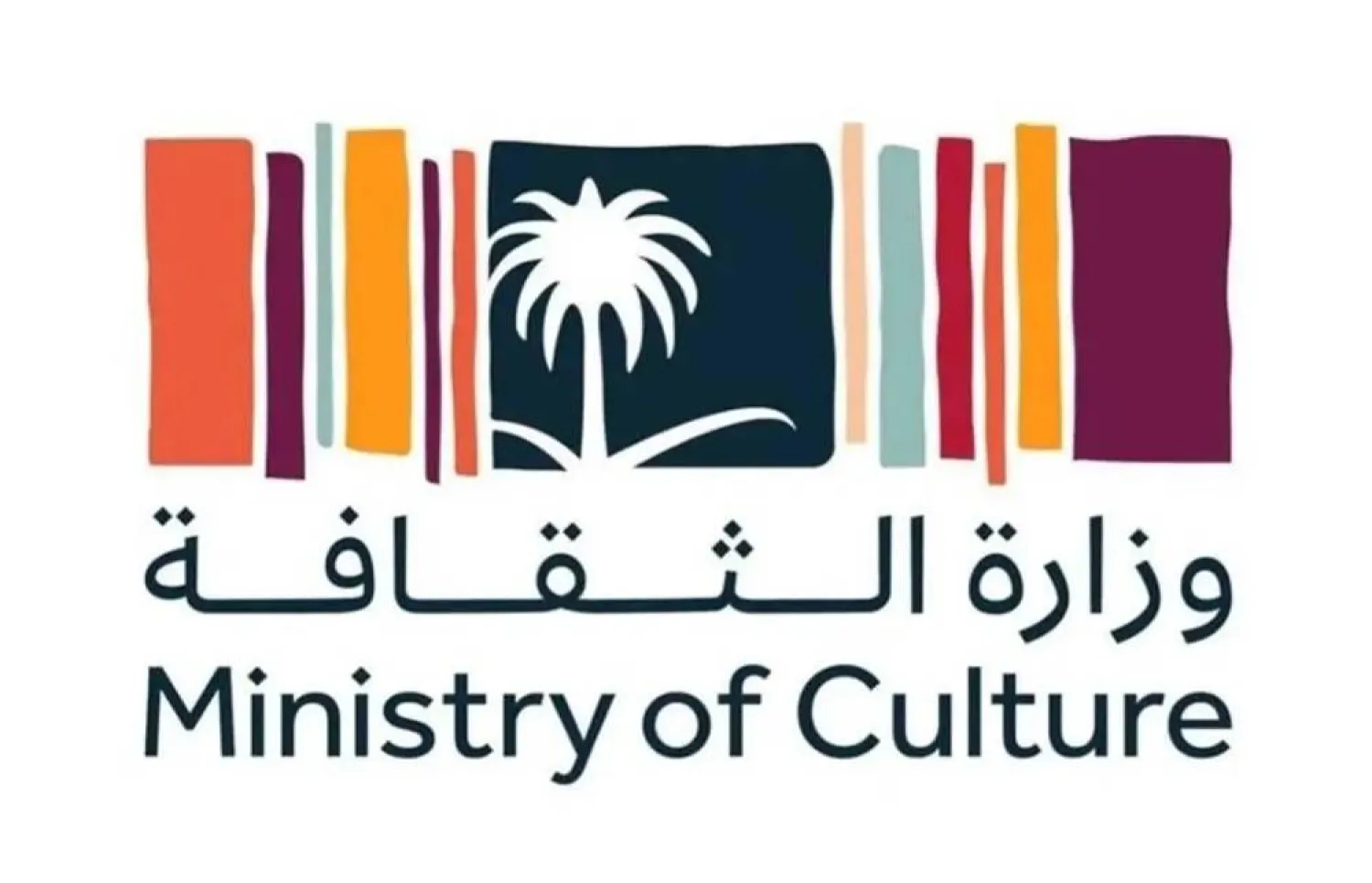The National Council for Culture, Arts and Letters (NCCAL) has announced the discovery of an ancient water well on Kwuait’s Failaka Island dating back to the pre-Islamic and early Islamic era.
In a statement to KUNA, NCCAL's Acting Assistant Secretary General for Antiquities and Museums Mohammad bin Redha said Sunday that the discovery is located in a courtyard of a house dating back to the 7th and 8th centuries AD.
The discovery also included bedrock for a building near the well, evidence of a massive wall surrounding the house, and remains of pottery dating back between 1,300 and 1,400 years, representing the pre-Islamic and early Islamic era.
He explained that the discovery is part of the excavation work being conducted by the Kuwaiti Slovak archaeological mission, which began in 2019 in the Al-Qusour area, one of the largest archaeological sites in Failaka Island, dating back to multiple periods.
Professor of Anthropological Archaeology at Kuwait University Dr. Hassan Ashkanani described the discovery as one of the most prominent archaeological discoveries on Failaka Island.
He also revealed the discovery of more than five kilograms of precious stones, such as rubies and purple amethysts, reflecting the nature of economic activity on the island 1,400 years ago.
The head of the Slovak mission, Dr. Matej Rutkay, explained that the focus of the 2025 season would be on the northern part of the Al-Qusour settlement, where a courtyard and a house believed to have belonged to a wealthy person of that era had previously been found.
He stated that the site extends over an area of 38 meters in length and 34 meters in width, with the house covering 97 square meters, while the discovered water well measures 4.5 meters in length and 4 meters in width.
The site of Al-Qusour is considered one of the most important and largest archaeological sites in Failaka.









